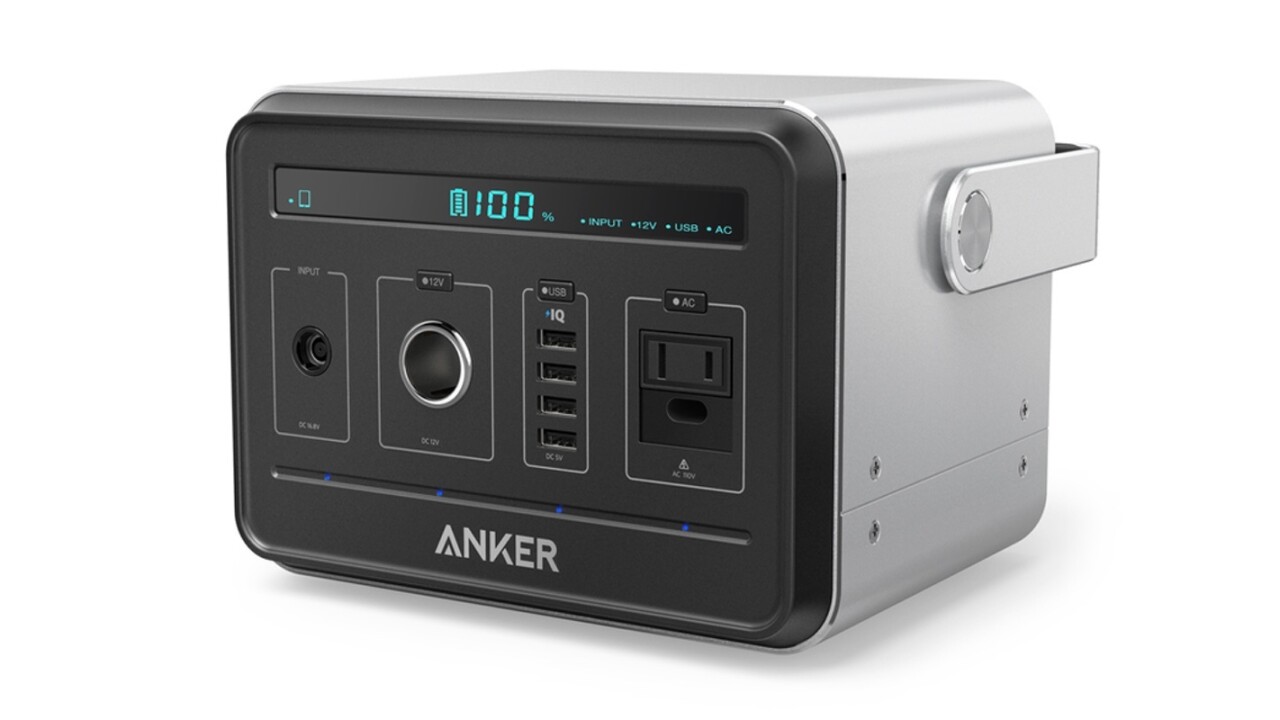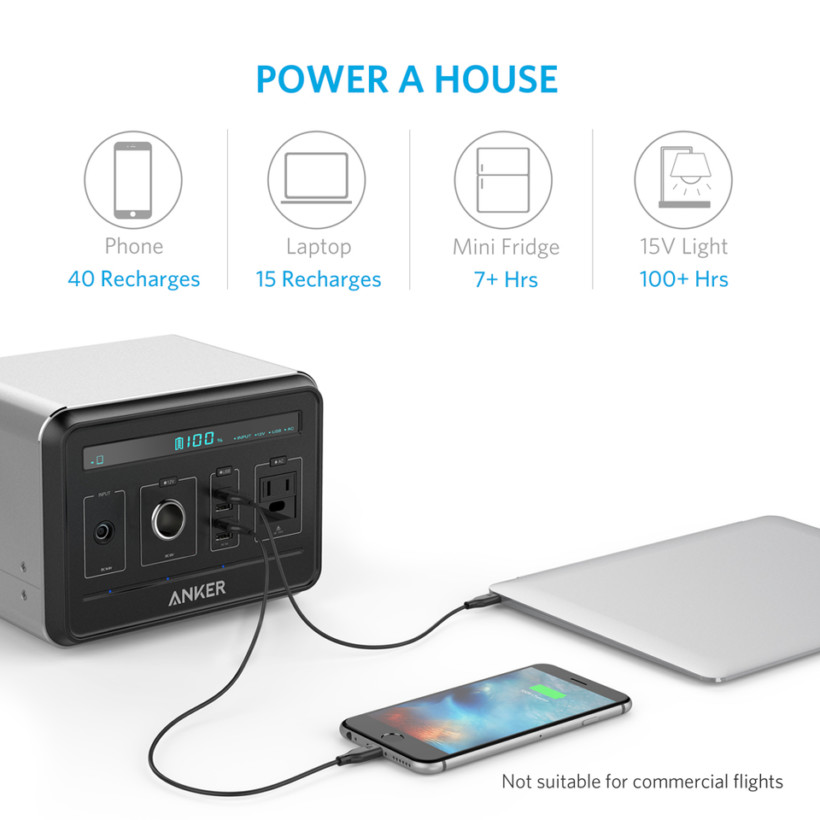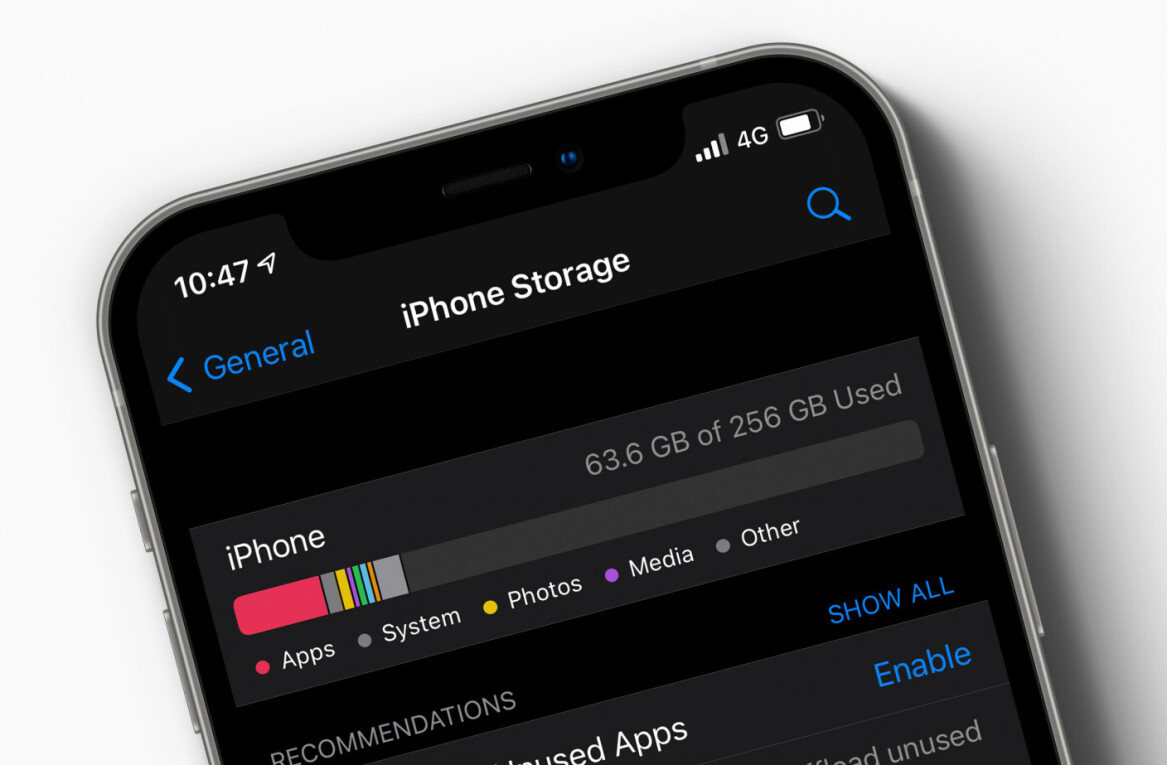
You may not think you need 120,000mAh of battery power, and that might be accurate. Anker’s massive new Powerhouse proved to me that I don’t really need it, but it’s better than the alternative in some cases.
The device itself is — day to day — totally unnecessary. When I think about a battery pack, I’m typically thinking about those with a smaller footprint I can easily slip into a backpack or messenger bag.
Anker created the Powerhouse to serve as more of a generator, and in that sense — it does its job. I recently took it camping because why not, and it impressed me all weekend.
I was able to take along an air mattress with an internal inflation motor and use the power pack to blow it up. I charged an LED lantern, several iPhones and a tablet.

Devices that need power via DC are also able to take advantage of Powerhouse. In addition to AC and DC inlets, it has four USB ports (with Anker’s IQ fast-charging technology) for your smaller stuff. Devices can be charged or powered simultaneously.
But it gets tricky when you attach too many things to Powerhouse. It handles multiple mobile devices well, but when you start getting into AC and DC power, Powerhouse tends to rage-quit if you push it too hard.
At home, I charged a MacBook and four mobile devices just fine. But when I tried to plug a vacuum in in addition to charging mobile devices (because why not, right?), Powerhouse shut down.
While Anker didn’t respond to my inquiry as to why Powerhouse would shut down, my best guess is that it has to do with Powerhouse’s battery management system that controls voltage. To be fair, I was trying to make Powerhouse fail; I can’t imagine a scenario where you’d need to vacuum your home and power four mobile devices from a battery pack.

As designed — that is, as a serviceable generator with a sharp eye towards consumer devices — Powerhouse works exceedingly well.
My lone complaint might be that its digital display, which tells you how much power is in your reserve and how many hours of power you have left, is a bit too sensitive. On a full charge, it says you’ll get around 30 hours of juice; when you start using it, it seems to assume you’ll keep drawing that much power until it dies.
Two minutes into inflating a bed, Powerhouse says I now have 28 hours left. Once it’s finished, we’re back to 30 hours.
Happily, I can’t envision a situation where I’d need 30 continuous hours of backup battery power, so Powerhouse exceeds expectations.
At $500, it’s an expensive luxury. Compared to a generator, though — you might save a few bucks.
Still, it’s pretty versatile, and has a solid aluminum body. I’m not worried it will let me down. I just wish I went camping more often (but maybe now I will).
Get the TNW newsletter
Get the most important tech news in your inbox each week.





